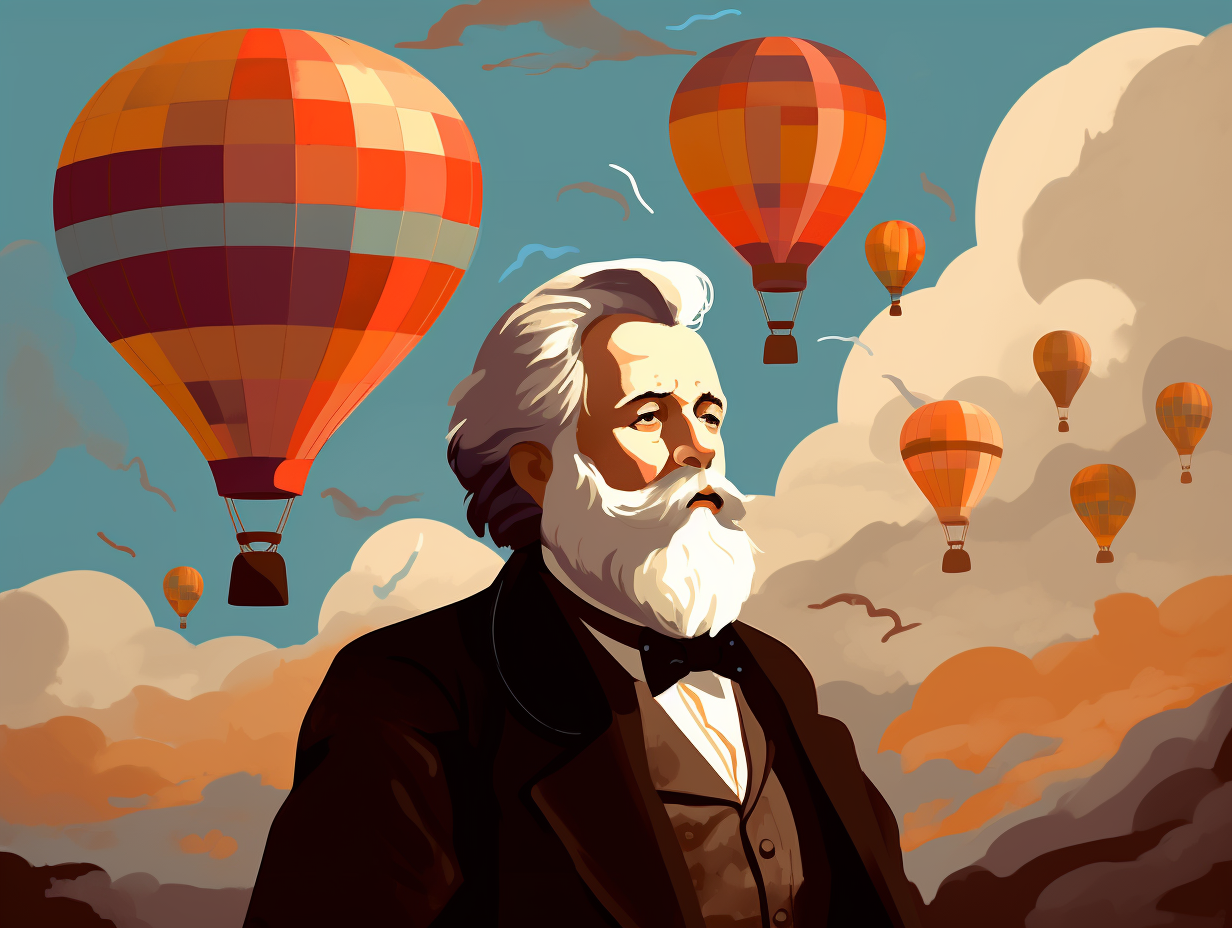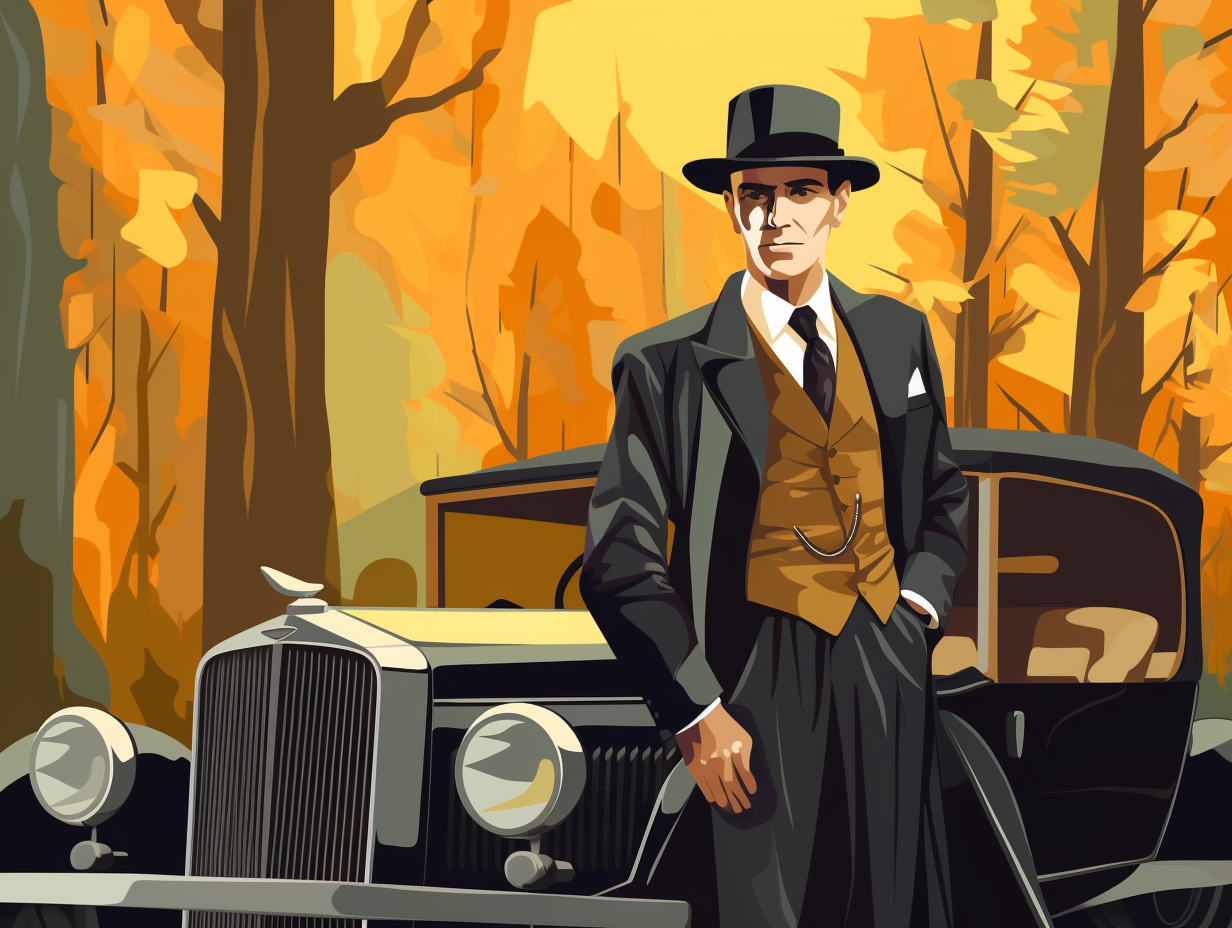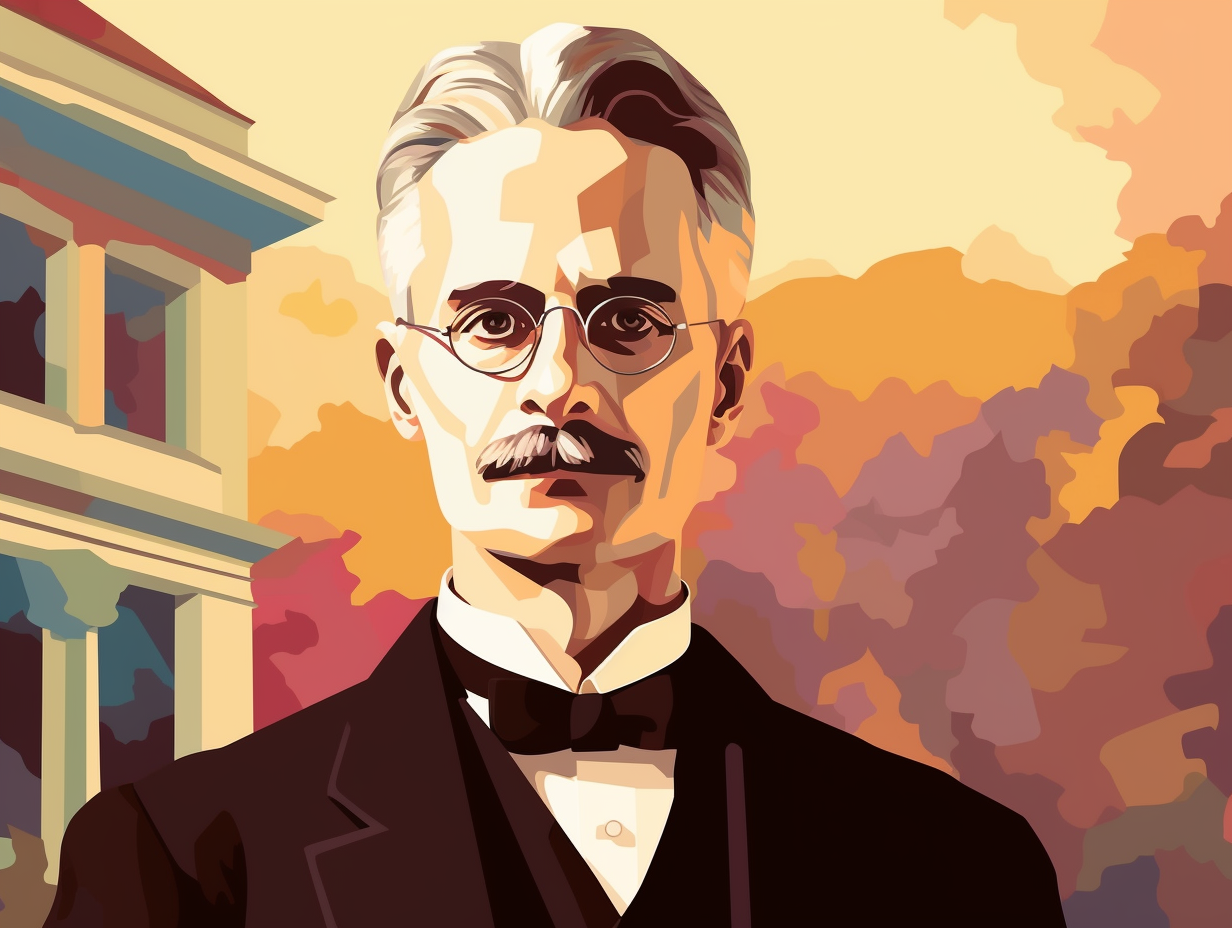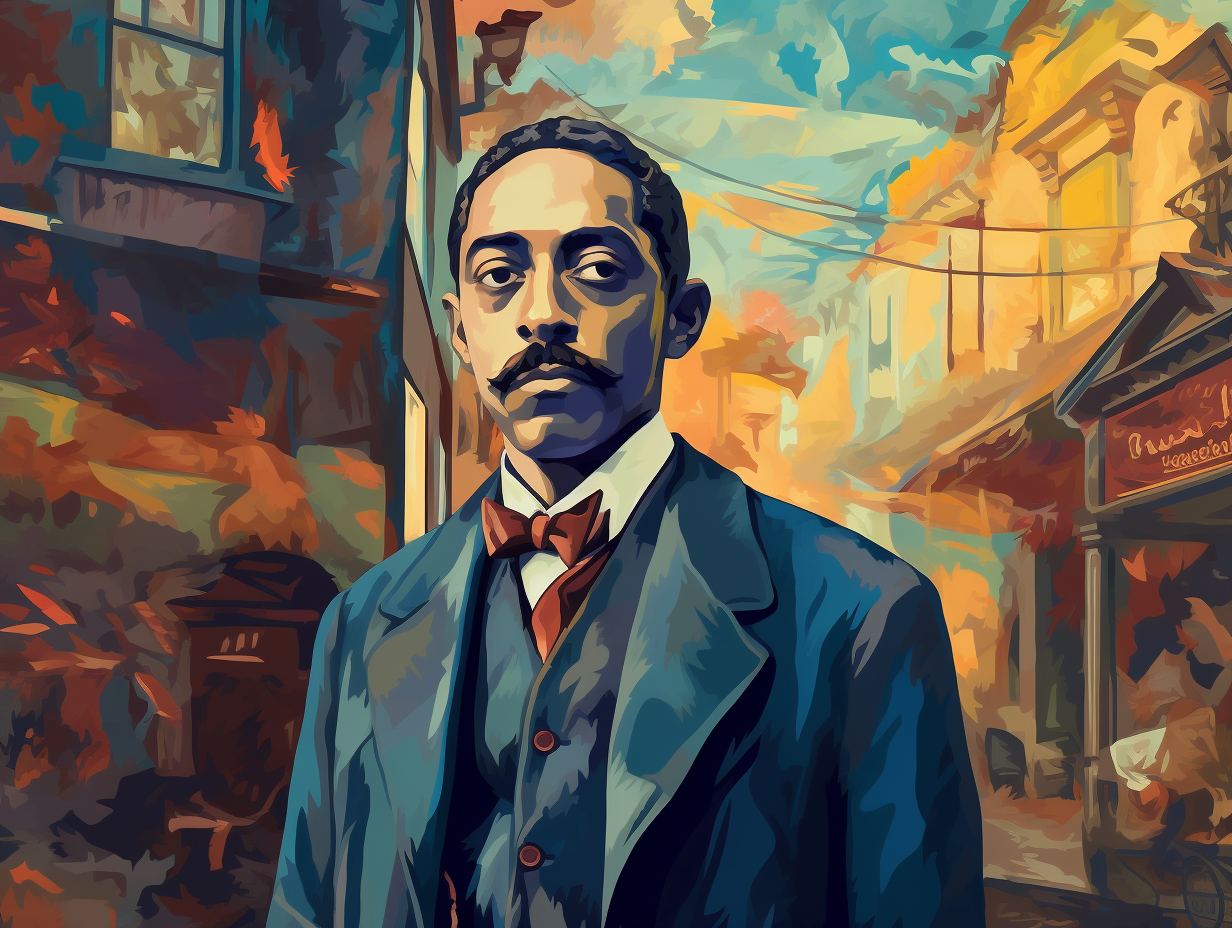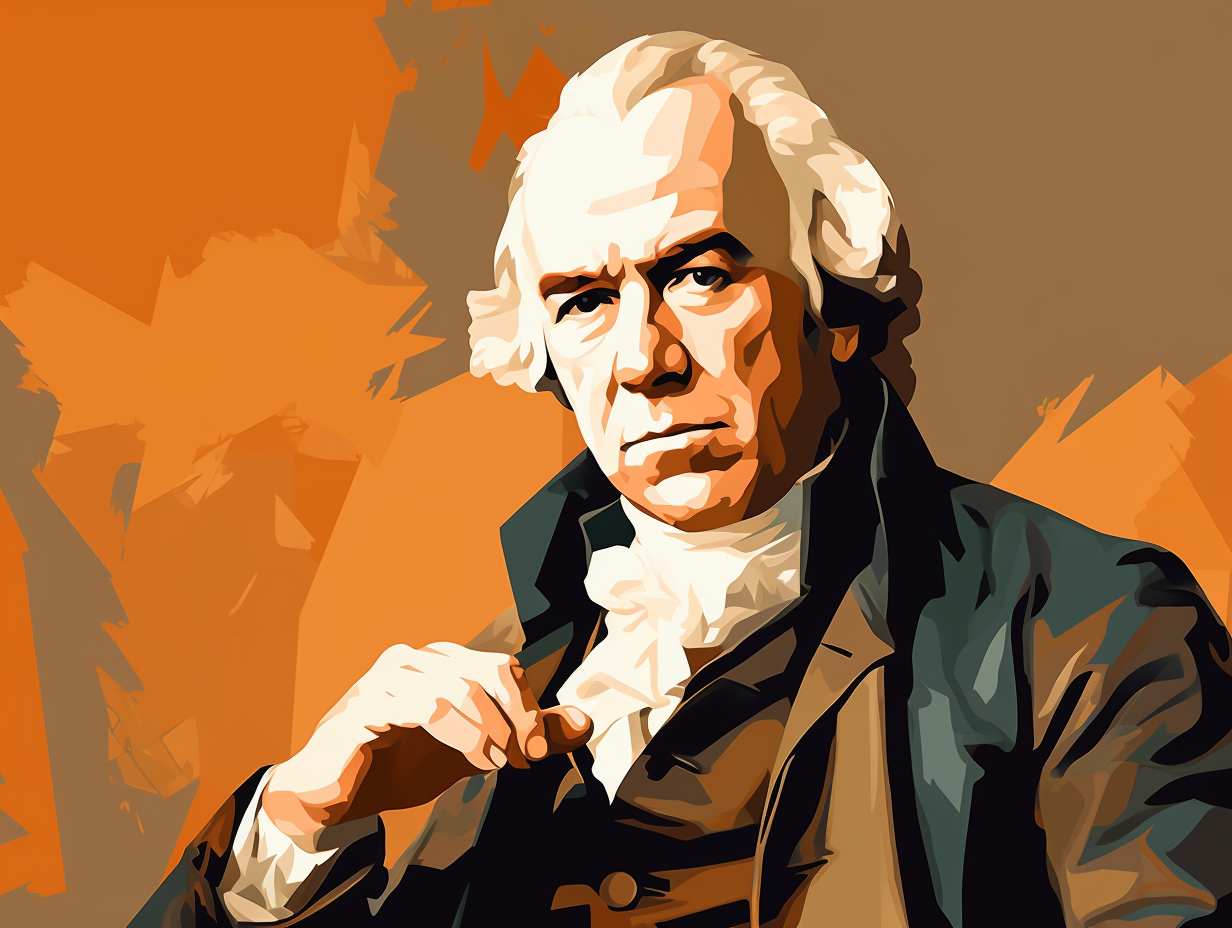Top 8 Unbelievable Fun Facts About the Telegraph That Will Amaze You
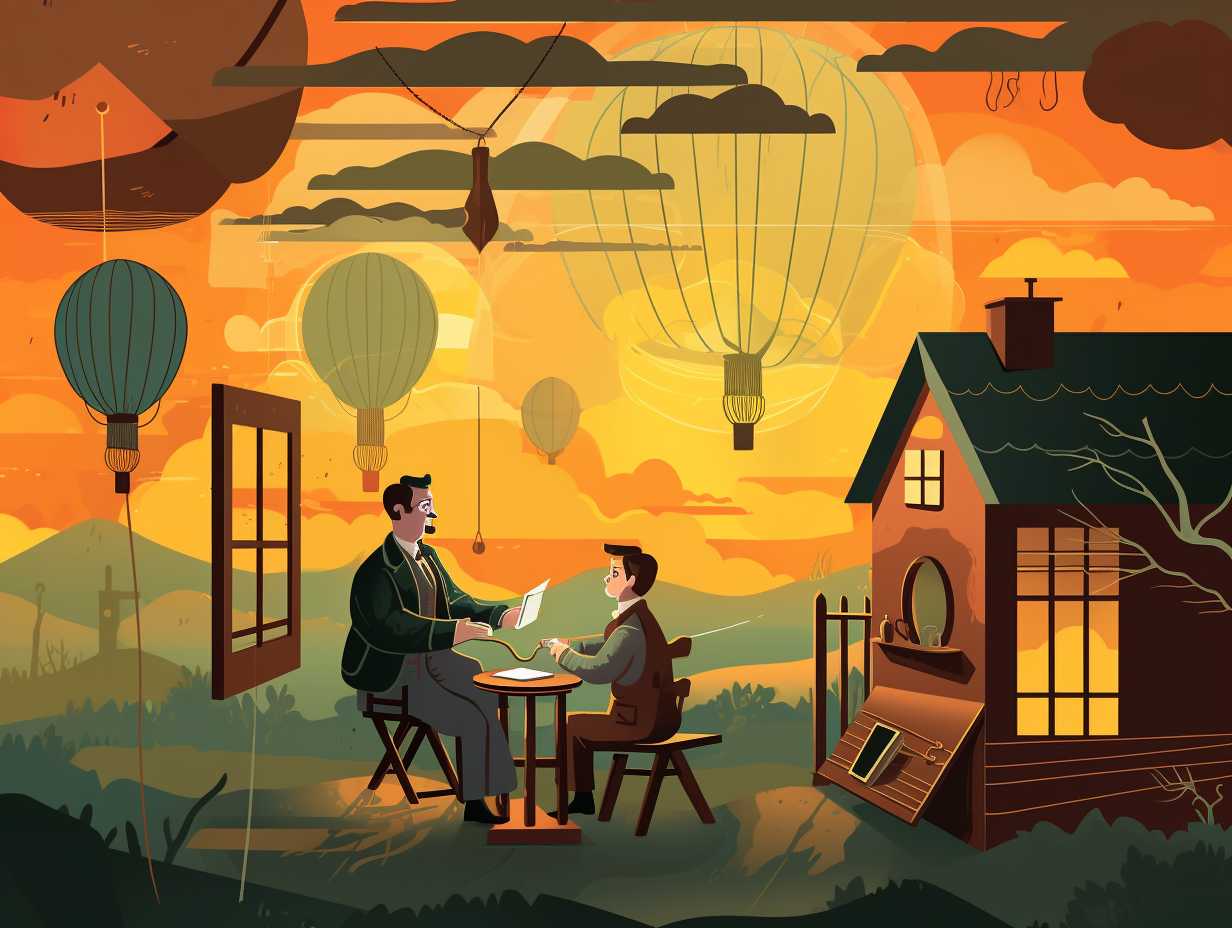
1. SOS: The Morse Code Lifesaver
Before you 'dash' off thinking this is just another dull fact, let me 'dot' your day with a refreshing Morse-el: "SOS" became the go-to distress signal due to its simplicity in Morse code, which was a quick and efficient communication tool in the groundbreaking telegraph system of the 1830s.
Source => history.com
2. Telegraphers: The OG Texters
Before texting LOLs, ROFLs, and emojis became the norm, 19th-century telegraph operators had their own brand of abbreviations to make their day 'g.n.': The originators of casual conversational codes, these telegraphers utilized abbreviations like "g.m." for good morning and "g.n." for good night in both professional and friendly exchanges, contributing to quicker and more cost-effective transmissions in the early days of communication technology.
Source => slate.com

Did you know that Morse code played a crucial role in the Titanic disaster, helping communicate distress signals to nearby stations and ultimately leading to the rescue of survivors? Discover this incredible story and more fascinating Morse code facts!
=> Fun Facts about Morse-Code
3. Pony Express Meets Telegraph
Guess who helped put the "pony" in "tele-pony": the Pony Express! This historical mail service galloped alongside a burgeoning technology known as the telegraph, literally delivering news and messages faster than the speed of horse: It wasn't until October 26, 1861, when San Francisco and New York City were finally connected via telegraph, that the Pony Express ceased operations, after operating in conjunction with the telegraph for some time.
Source => nps.gov
4. Edison: The Telegraph Triple Threat
Imagine if the Inventor of the Year Awards had a triple threat like Beyoncé: Well, that would be none other than Thomas Edison! This versatile genius dabbled in telegraph technology before strutting his stuff on the stages of incandescent light bulbs and phonographs: Turns out, Edison's work on the telegraph opened doors to his involvement in inventing and developing other groundbreaking technologies, including the multiplex telegraph, but it didn't lead to the creation of Hollywood's "talking pictures," which relied on more advanced sound recording and broadcasting technology that came later down the line.
Source => loc.gov

5. Telegraph: The Time-Standardizing Hero
Before the Kardashians dabbled in synchronicity or Flash mastered the Speed Force, there was a 1850s hero pulling off the time trick with nothing but guts, wires, and a dash of electricity: the electric telegraph played a pivotal role in standardizing time across multiple towns and cities for efficient train scheduling, ensuring "railway time" ruled supreme and making the Royal Observatory in Greenwich the ultimate timekeepers.
Source => sciencemuseum.org.uk
6. Victorian-era Spiderweb of Wires
Before the humble telegraph broke the sound barrier to whisper sweet nothings into distant ears: There were over 650,000 miles of telegraph wires crisscrossing the globe in the 1870s, connecting thousands of towns and villages worldwide, and revolutionizing long-distance communication like a Victorian-era spiderweb bringing the world closer, one tap at a time.
Source => supernet.isenberg.umass.edu
7. Telegrams: Not Dead Yet
Contrary to popular Morse-code-lief: the telegram isn't pushing up daisies! In fact, 17 million telegrams are still delivered annually by the International Telegram Company after taking over from Western Union in 2006, while Morse Code, the telegraph's best pal, keeps buzzing in air navigation beacons and among radio enthusiasts.
Source => abc27.com
8. The Great Transatlantic Cable Flop
Back in the days before texts, tweets, and transatlantic phone calls, people had to rely on the telegraph version of "snail mail" to get their messages across the big pond, and trust me – it wasn't without its hiccups: In 1858, a massive technological achievement was reached when the first transatlantic telegraph cable was laid out. However, just a few weeks later, the cable stopped working, delaying reliable transatlantic communication for another eight long years.
Source => history.com
Related Fun Facts


